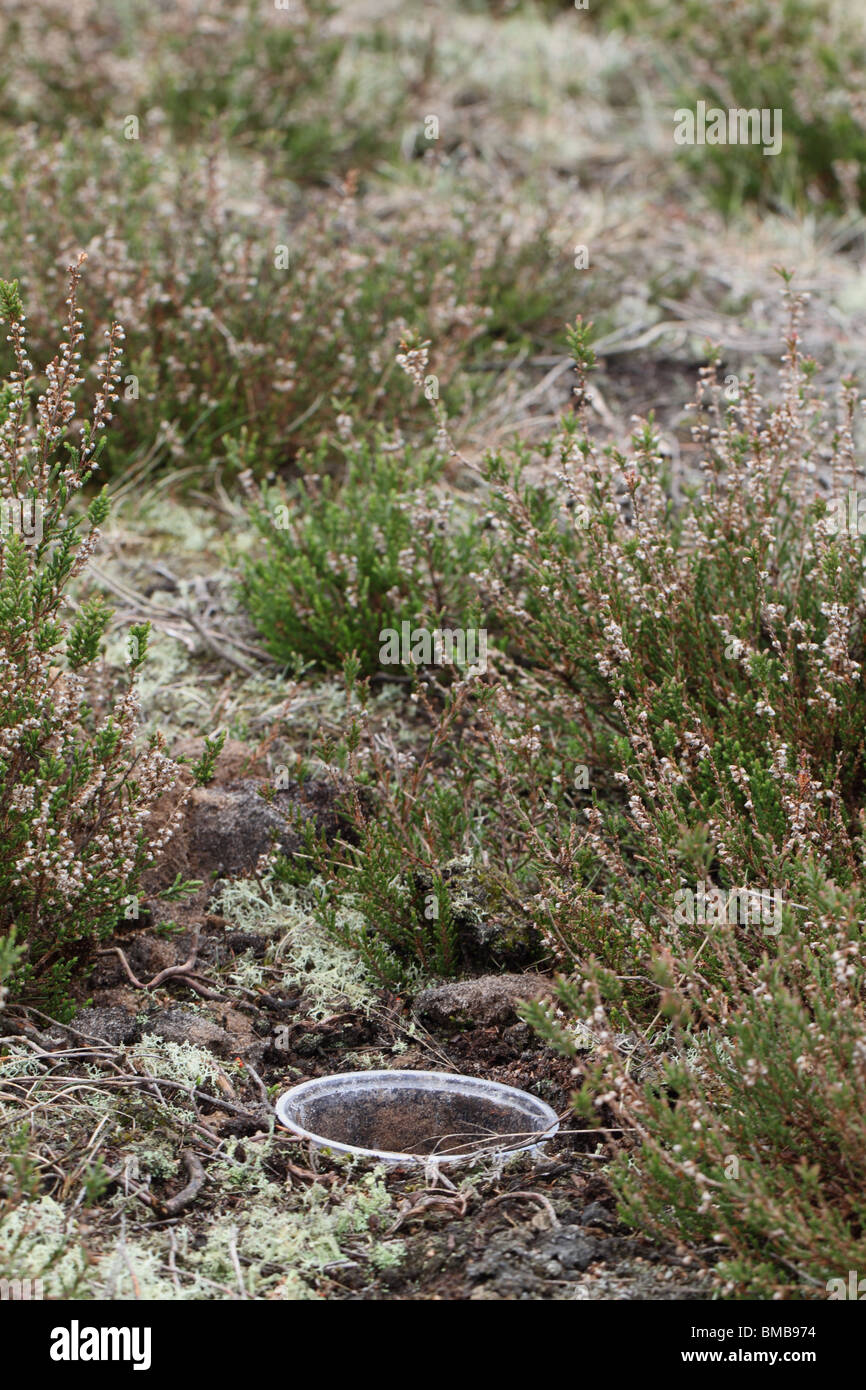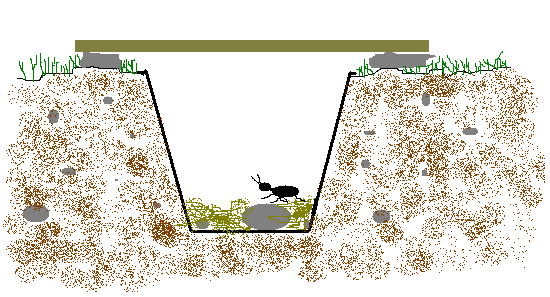
To maximize the information gain from these largely independent efforts, we recommend integration with established insect monitoring methods to coordinate sharing data that are accessible and interoperable. These efforts are a crucial first step toward broadly tracking trends in insect abundance and diversity. Researchers, managers, and community scientists are currently increasing efforts to document insects, whether photographing insects at porch lights, counting pollinators on transects, or establishing structured malaise trap programs. Many new monitoring efforts have been recently initiated, motivated by reports of insect declines. Given increased societal interest in insects, there is the potential for widespread, long-term monitoring at the scale necessary to benchmark and track insect trends moving forward. As scientists, we can and should lament our severely limited data on insect declines-long-term monitoring efforts should have been underway long before now, but were prevented for many reasons, including a lack of funding, motivation, and organization. Though many monitoring schemes already exist, relatively few have been operating long enough to draw robust, independent conclusions about insect populations and diversity over time (e.g., Shortall et al., 2009), and these monitoring schemes are necessarily limited in their geographic and taxonomic coverage. To better understand insect declines in the face of data gaps and other challenges ( Didham et al., 2020), researchers need more systematic and long-term monitoring of insect abundance and diversity.
BULBAPEDIA PITFALL TRAP DRIVERS
But even this general pattern of insect decline is heterogeneous in time and space, and drivers of declines in particular taxa and locations remain unclear, though they are likely myriad ( Fox, 2013 Wagner, 2020).

The threat of widespread insect declines, supported by accumulating evidence across the globe ( Conrad et al., 2006 Forister et al., 2011 Hallmann et al., 2017 van Klink et al., 2020), has sparked broad and outspoken concern. The second best time is now.” -Unattributed proverb “ The best time to plant a tree is 20 years ago. Overall, we aim to compile a resource that can be used by diverse individuals and organizations seeking to initiate or improve insect monitoring programs in this era of rapid change. We additionally suggest protocols for scalable insect monitoring, from backyards to national parks. For each method, we discuss key topics such as recommended spatial and temporal scales of sampling, important metadata to track, and degree of replication needed to produce rigorous estimates of ecological responses. To track these responses, we present seven primary insect sampling methods-malaise trapping, light trapping, pan trapping, pitfall trappings, beating sheets, acoustic monitoring, and active visual surveys-and recommend standards while highlighting examples of model programs. To begin to address this problem, we provide simple guidelines for maximizing return on proven inventory methods that will provide insect benchmarking data suitable for a variety of ecological responses, including occurrence and distribution, phenology, abundance and biomass, and diversity and species composition. However, due to the immense diversity of insects and a vast assortment of data collection methods, there is a general lack of standardization in insect monitoring methods, such that a sudden and unplanned expansion of data collection may fail to meet its ecological potential or conservation needs without a coordinated focus on standards and best practices. The growing recognition that insect populations may be in decline has given rise to a renewed call for insect population monitoring by scientists, and a desire from the broader public to participate in insect surveys.


3Department of Biology, University of Florida, Gainesville, FL, United Statesīenchmark studies of insect populations are increasingly relevant and needed amid accelerating concern about insect trends in the Anthropocene.2Florida Museum of Natural History, University of Florida, Gainesville, FL, United States.1Department of Ecology and Evolutionary Biology, University of California, Los Angeles, Los Angeles, CA, United States.


 0 kommentar(er)
0 kommentar(er)
